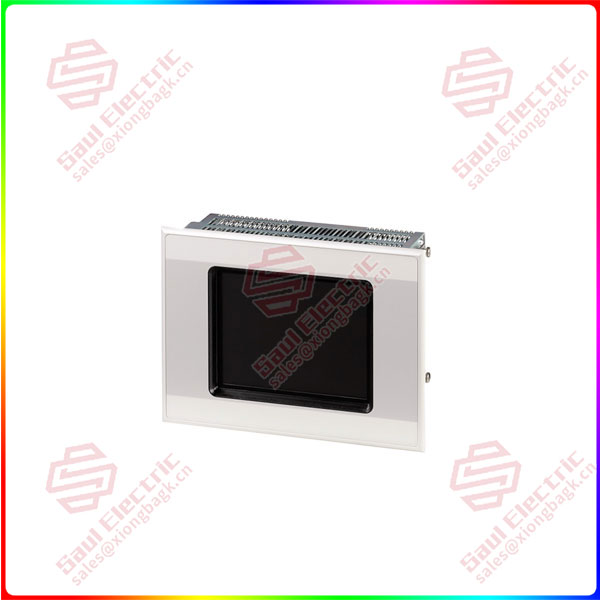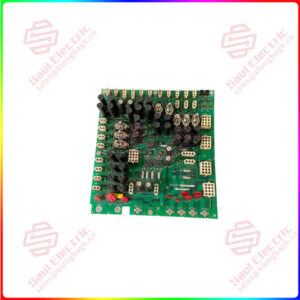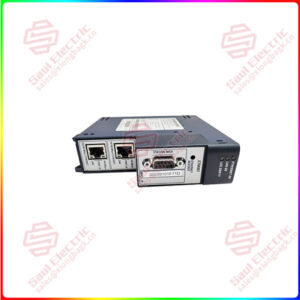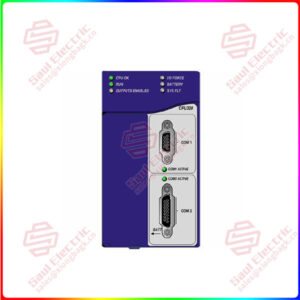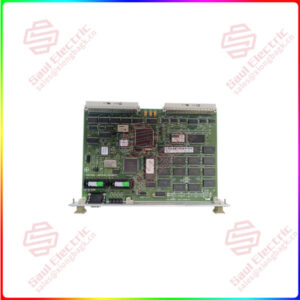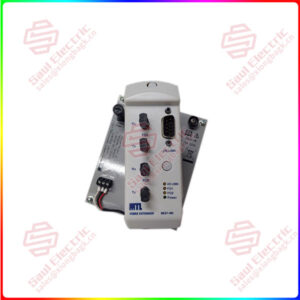Description
Overview
Essential details:XV-363-10-C02-A00-1B XV300 advanced human machine interface (HMI)
lf you need to inquire or purchase ,please send the product models to my email or call medirectly .
sunny He
[Email] sales@xiongbagk.cn
[Mobile] 86-18059884797
[WhatsApp] 86-18059884797
[Skype] sales@saulcontrol.com
XV-363-10-C02-A00-1B XV300 advanced human machine interface (HMI)
Manufacturing: In automotive, aviation, electronics and other manufacturing industries, human-machine interface is applied to CAD, CAM, CAE and other manufacturing processes in product design, simulation, testing, production control and other links to improve manufacturing efficiency, quality and accuracy.
Healthcare: In the fields of medical equipment, rehabilitation tools, and health monitoring equipment, human-machine interface technology can help doctors make more accurate diagnosis, treatment, and rehabilitation.
Education and training: In the field of education and training, human-machine interfaces are applied to interactive whiteboards, online learning, multimedia experience rooms and other scenarios to help educators better impart knowledge to students.
Transportation: In scenarios such as on-board computers, intelligent transportation, and GPS navigation systems, human-machine interface technology can facilitate the driver to control the vehicle and improve the driver’s safety and comfort.
Home intelligence: The human-machine interface can cooperate with a variety of smart home devices, such as smart speakers, smart door locks, smart sockets, smart lamps, etc., through mobile APP, voice assistant and other ways to achieve interaction, improve the degree of intelligence and living quality of the home.
Entertainment and culture: In the field of entertainment and culture such as AR/VR games, Internet TV, digital music, human machine interfaces can provide a more intuitive and happy user experience.
As technology advances, the design of human-machine interfaces continues to evolve, including trends such as naturalization, personalization, responsive design, and the combination of virtual and reality, designed to allow users to interact with computers in a more natural, intuitive, and personalized way.


 1 Year Warranty
1 Year Warranty
